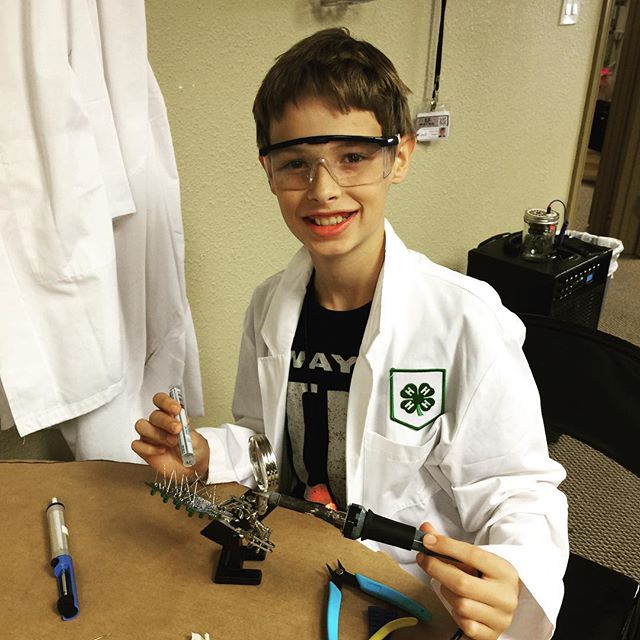|
This blog post was originally published on the 4-H Today Blog where I am a monthly contributor. I wrote this piece because I am actively involved in the Maker Movement and I believe this community is one that the Cooperative Extension System of Land Grant Universities should actively seek to serve. It’s funny how people talk about ‘making’ like it’s this new thing. I guess for some it really is. Last month I blogged about how 4-H was the original Maker Movement, starting over 100 years ago. I also hosted a webinar entitled, “Extension & the Maker Movement,” and was able to answer a multitude of questions about the Maker Movement from professionals across the country. To enrich this discussion, I felt it necessary to answer these five basic questions about the Maker Movement:
I’m starting an eXtension Maker Community so all of us in the world of Extension and 4-H can come together to share ideas and resources as well as support one another in our effort to be relevant 4-H professionals in the 21st century.
0 Comments
Leave a Reply. |
Paul Hill, Ph.D.I design, plan, and evaluate economic development programs for Utah State University. Archives
September 2022
Search this site:
|


 RSS Feed
RSS Feed
